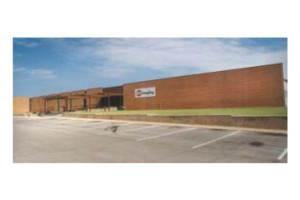CMBS defaults may spike this year, as the high volume of upcoming loan maturities might leave some borrowers scrambling for funds to refinance their loans, reveal new reports from Fitch Ratings and Trepp LLC.
Defaults on CMBS loans have been on a steady downward slope for the past five years, falling to an annual rate of 0.39 percent in 2015, Fitch researchers note. (CMBS defaults reached a cyclical peak in 2010, at 4.07 percent). The low default rate was aided by both improving property fundamentals and values and healthy CMBS issuance during 2015.
So far this year, however, new issuance has not lived up to expectations. Year-to-date in 2016, U.S. CMBS issuance has totaled $19.0 billion, according to Commercial Mortgage Alert, an industry newsletter. That’s almost a 30 percent decrease from the issuance volume that was recorded during the same period in 2015. This is happening as approximately $211 billion in loans are scheduled to come due between now and year-end 2017, according to research firm Trepp LLC.
The Fitch Ratings team “expects term defaults to tick up slightly in 2016 as the current credit cycle matures. Maturity defaults may also see an increase in the next few years as peak vintage loans, many of which are over-levered, mature. The cumulative default rate, currently at 13 percent, is predicted to increase slightly in 2016 as defaults begin to increase and issuance declines somewhat.”
View entire article here in National Real Estate Investor





